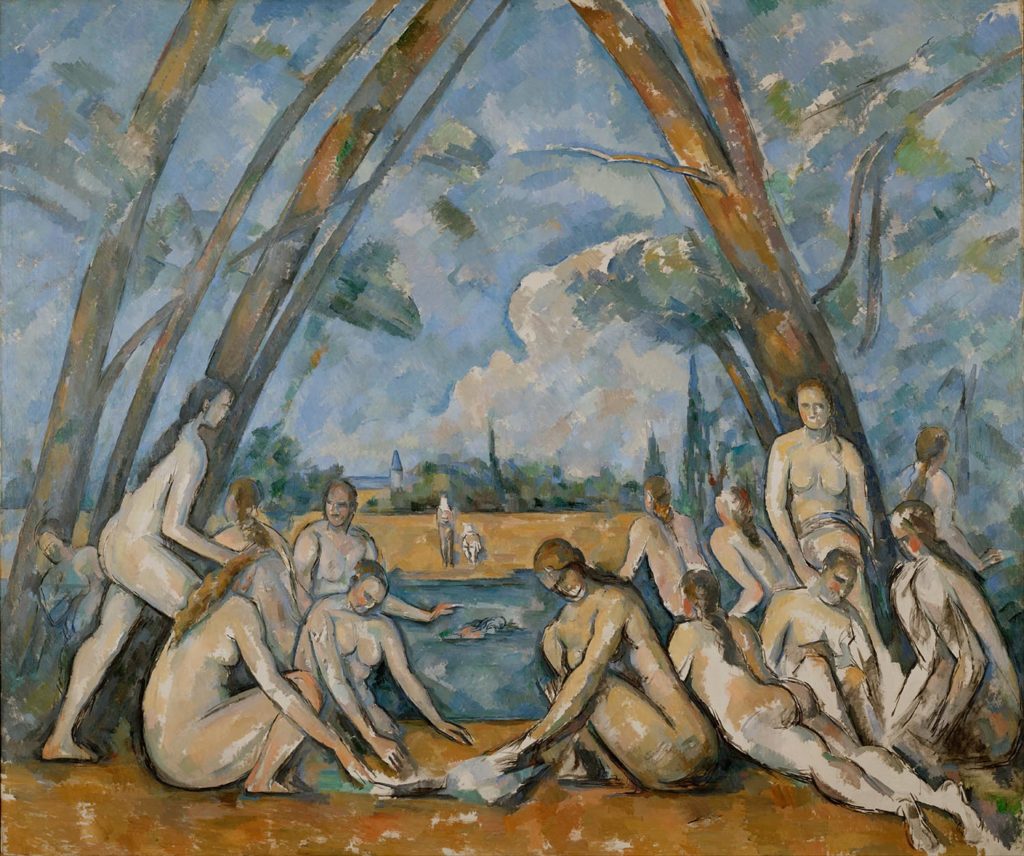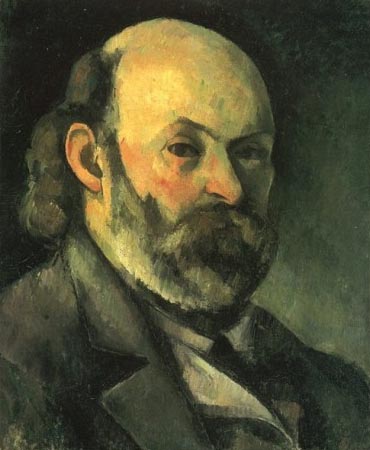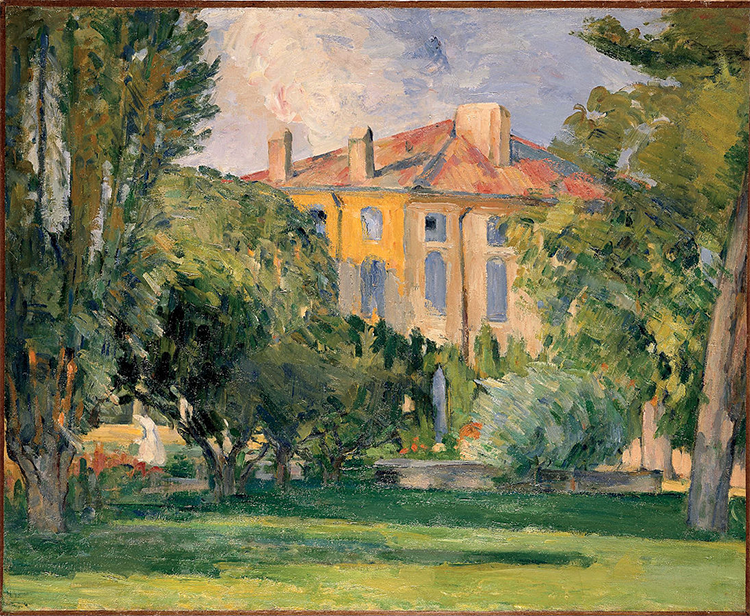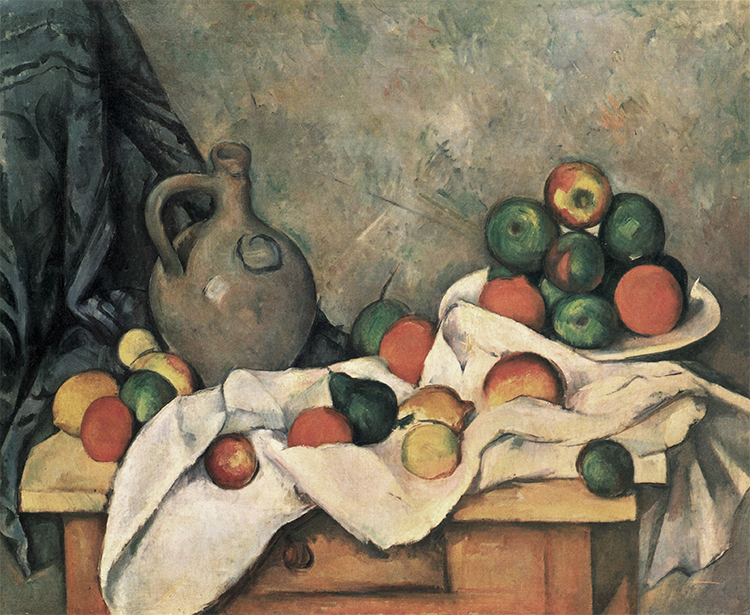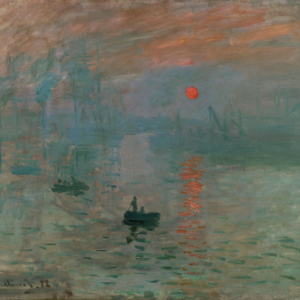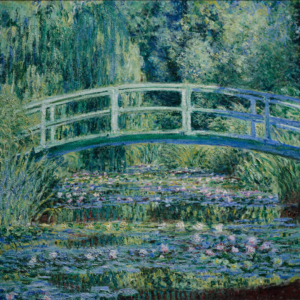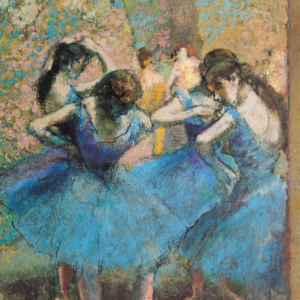Paul Cézanne
“Cézanne is the father of us all”. This line has, on different occasions been, attributed to both Matisse and Picasso.
Whether in fact accurate or not, the mere case that such a line is credibly attached to any of those artists underline one important thing beyond anything: The influence of Paul Cézanne as an artist.
French post-impressionist Paul Cézanne was born in 1839 in Aix-de-Provence. Studying drawing and painting, along with law school, Cézanne befriended Camille Pissarro in the mid-1860s, a relationship the deeply affected the development of Cézanne the artist.
Cezanne was first exhibited at the Salon de Refuses in 1863, the first year of that exhibition which displayed works not found worthy to be part of the official Paris Salon. Cezanne was at this point in his Dark Period, the first of 4 distinguished periods in the artist’s work. Like the early works of Van Gogh, this period was characterized by the use of dark colors and black in his paintings.
The following period, the Impressionist Period, came about as Cézanne became increasingly influenced by the impressionists of Paris and spend more and more time painting there. This also mirrors the development of Van Gogh. During this period, the brighter colors of the impressionists entered the palette of Van Gogh. For Cézanne, the result of this brighteninh of his palette was a series of works like “Jas de Bouffan” from 1876.
“For an Impressionist to paint from nature is not to paint the subject, but to realize sensations.“
Post Impressionism
It was during this last period that Cézanne created works like his famous still life paintings. While Cézanne was a master of the portrait, landscape, bathers and still life, for many people it is especially this last that he is remembered for. Among the most famous of these paintings was “Rideau, Cruchon et Compotier”, painted in 1893 or 94. It was paintings like this still life that lent their inspiration to the creation of styles like Cubism, a style which was subsequently widely practiced by the likes of Matisse and Picasso. It was also from this inspiration that these artists owed their debt to Cézanne. “Rideau, Cruchon et Compotier” sold at auction at Sotheby’s in 1999 for 60.5 million dollars, making it among the most expensive paintings in the world.
“I will astonish Paris with an apple!”
Among the other most famous masterpieces of Cézanne, we also find works like “The Great Bathers”, “The Cardplayers” and his other still life’s like “Still Life with a Curtain”.
His use of shapes and fields, his use of binocular vision and his abstraction from the nature he observed also helped lead to the Cubism movement and thereby to modern art. As such, Paul Cézanne, whose artistic periods very much mirrors those of Vincent Van Gogh, also came to yield a similar influence as the groundwork for the art of the 20th century was laid.
Paul Cézanne passed away n October 1906 of Pneumonia. He has been working in a field during a storm and passed out on his way home. Though taken home by a passing driver he passed away a few days later. He is buried in buried at the Saint-Pierre Cemetery in his hometown of Aix-en-Provence. But his influence on the world of art continues to this day.
